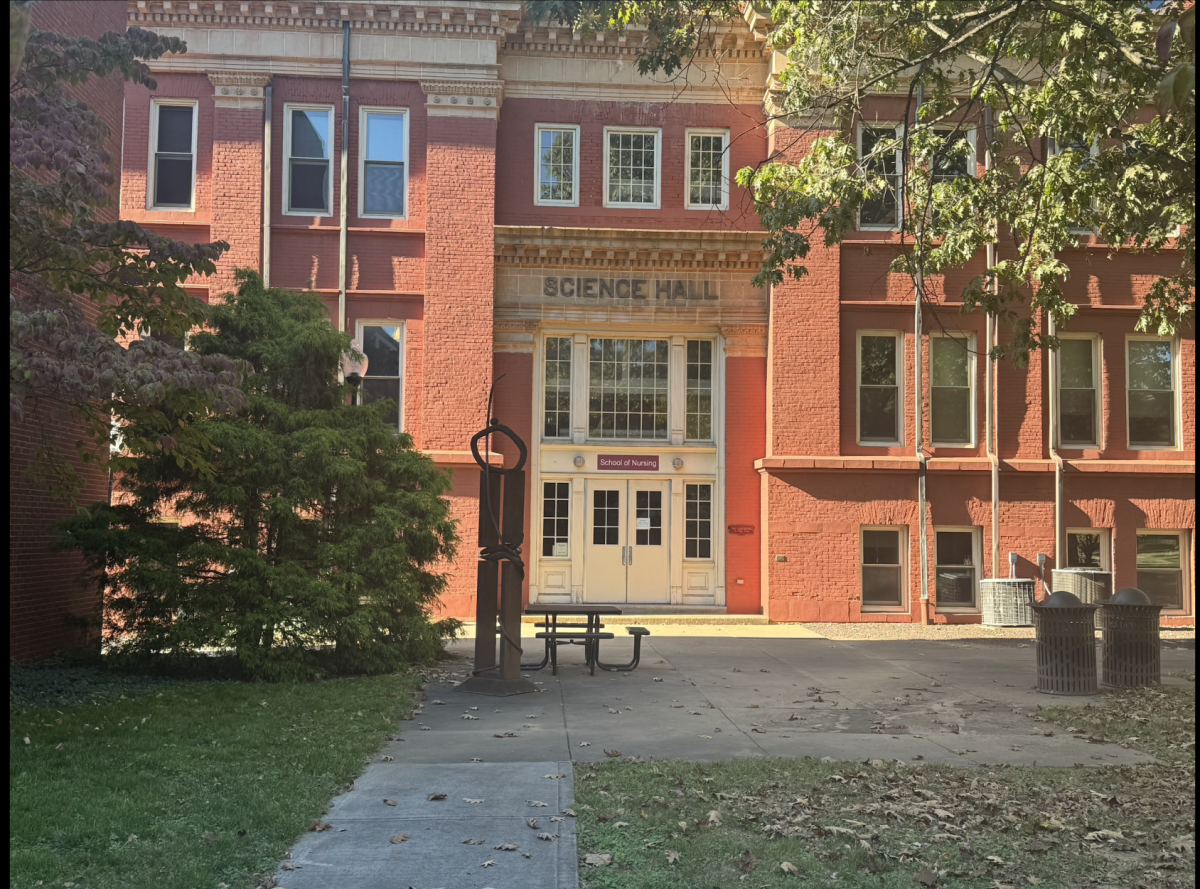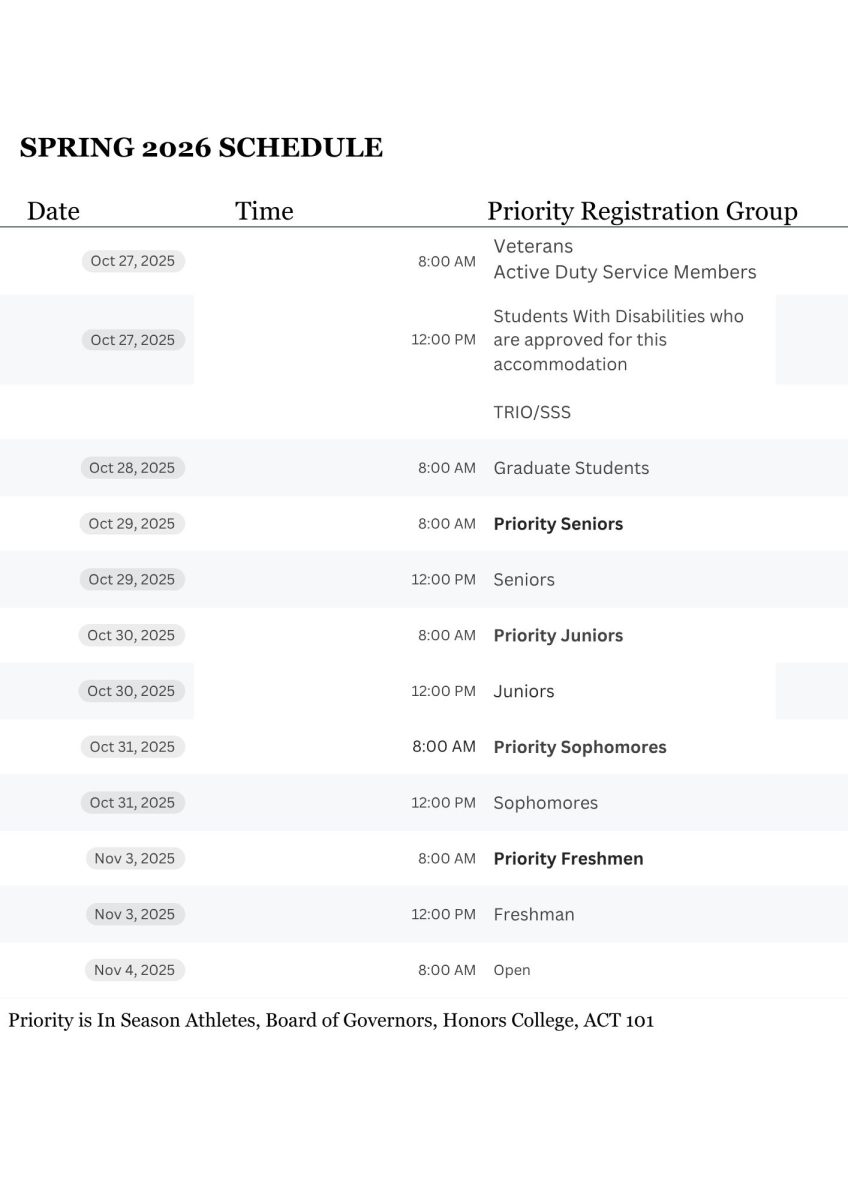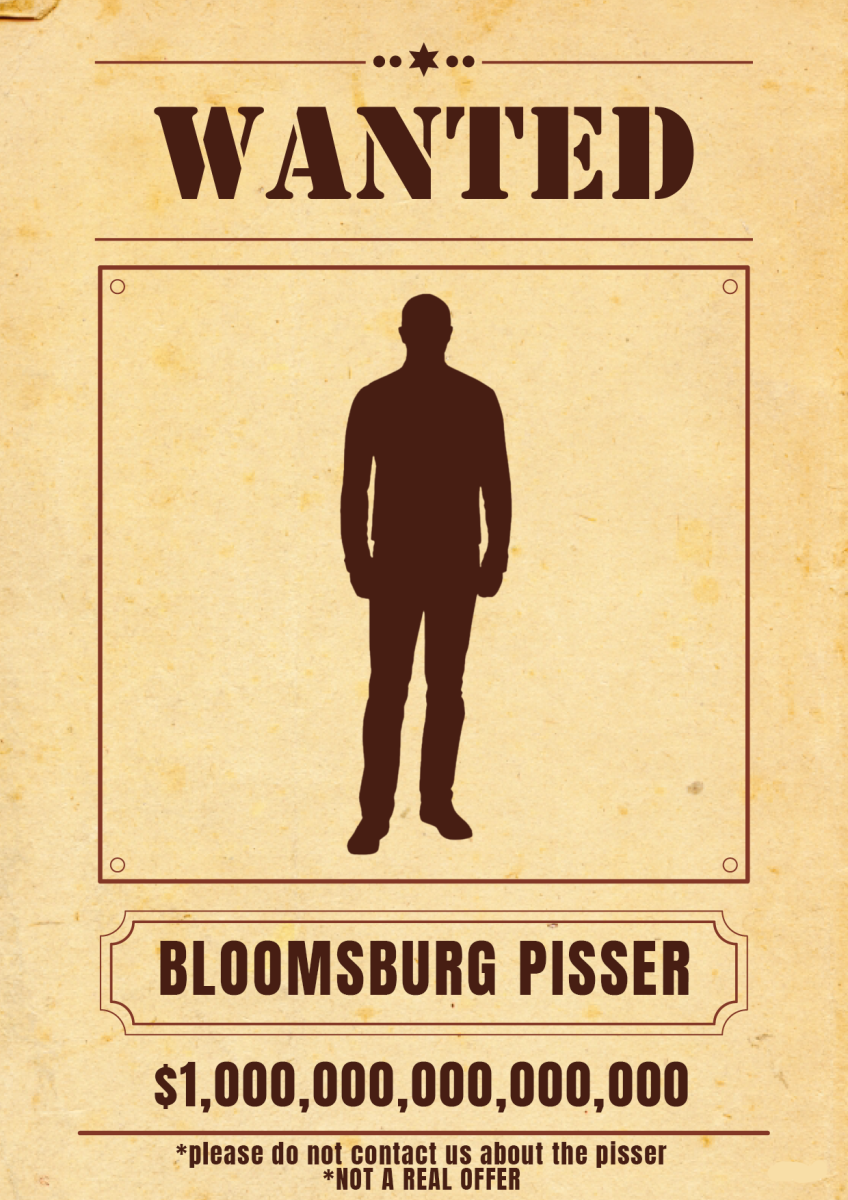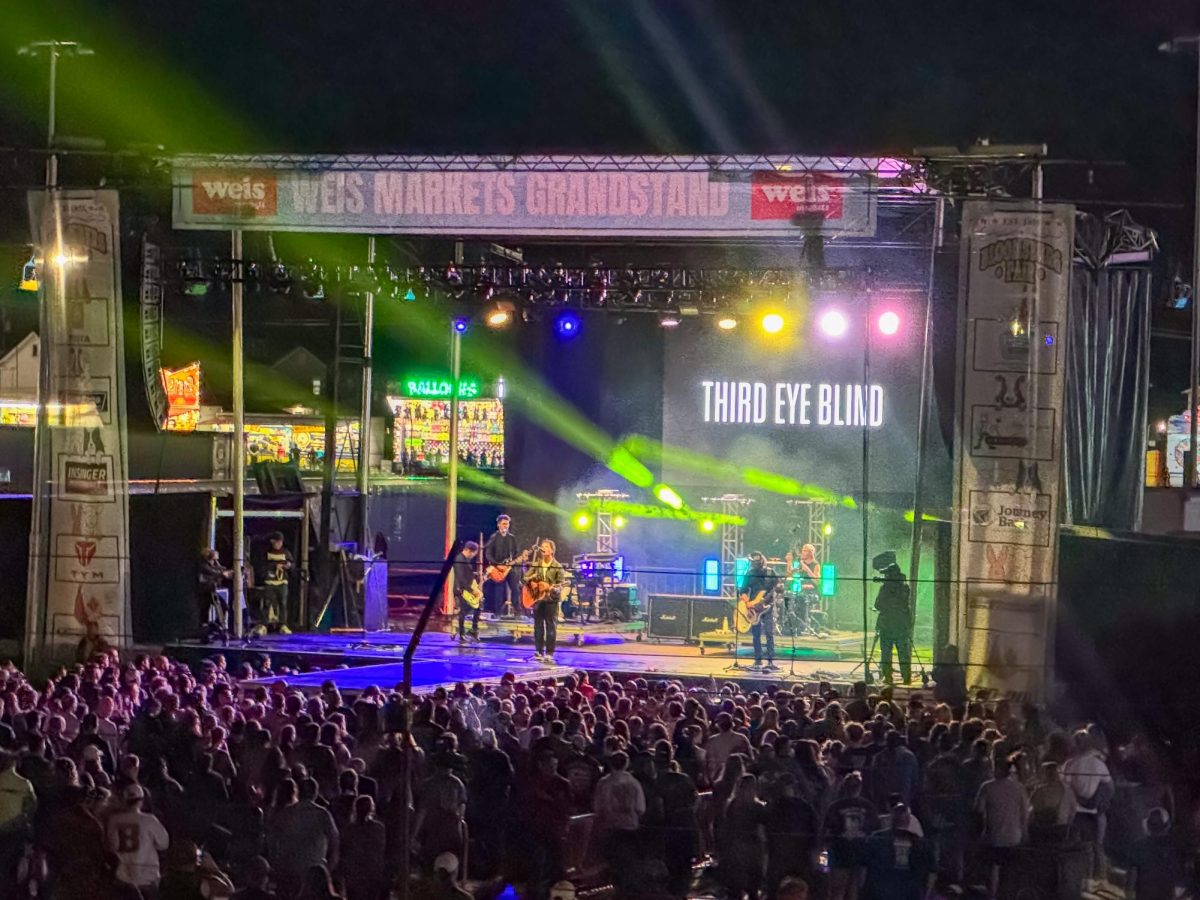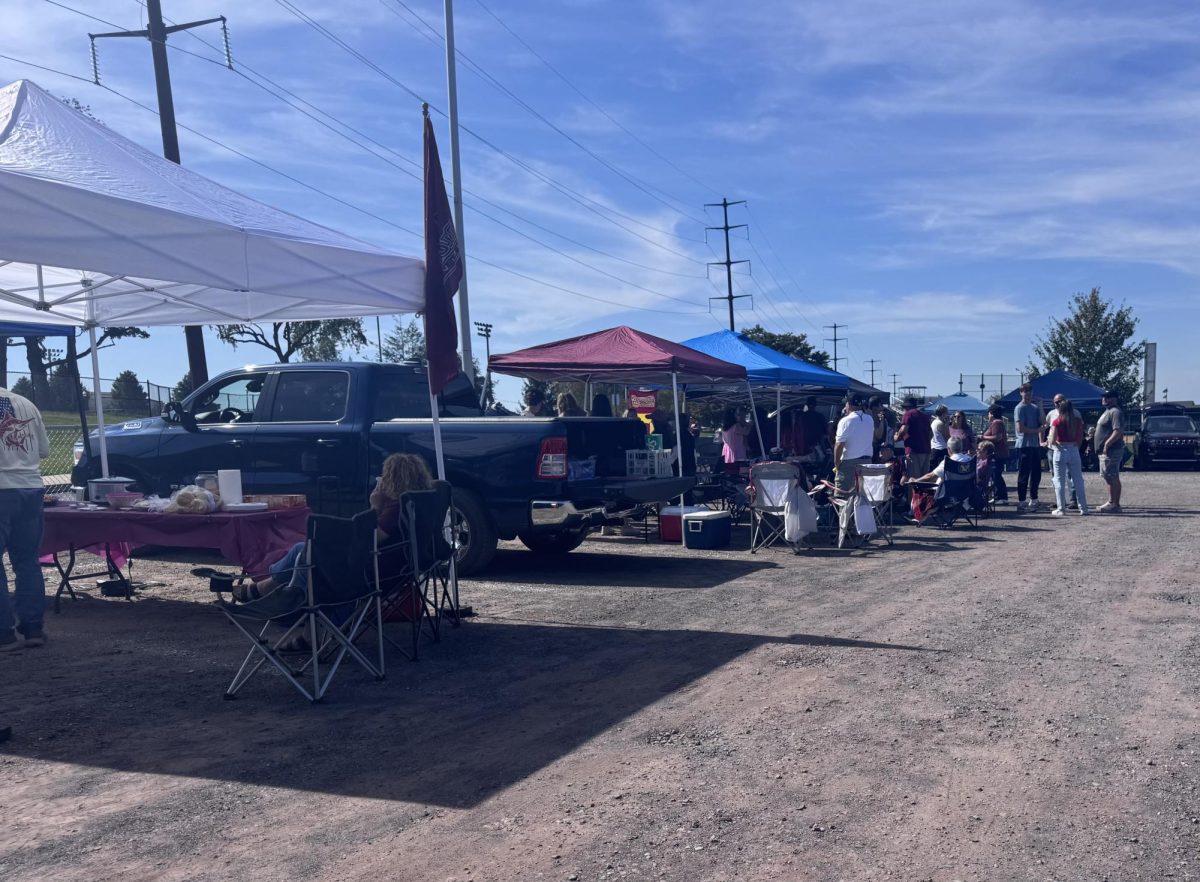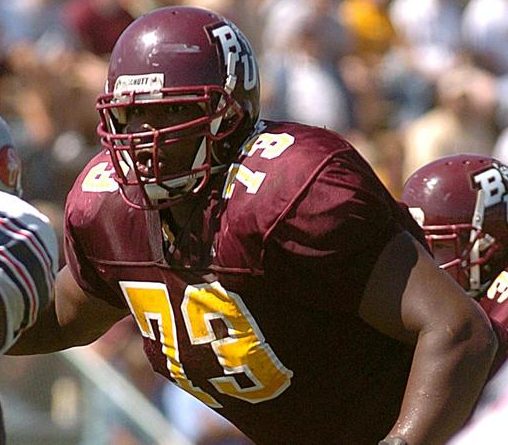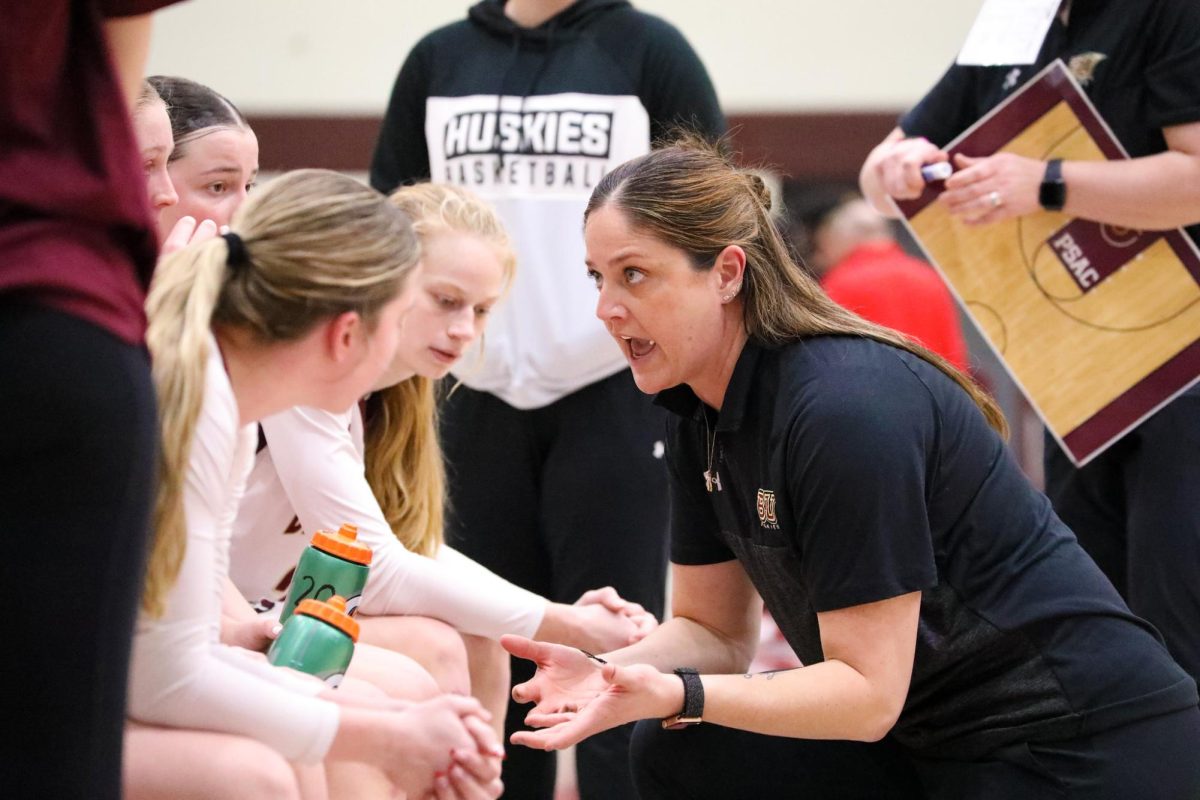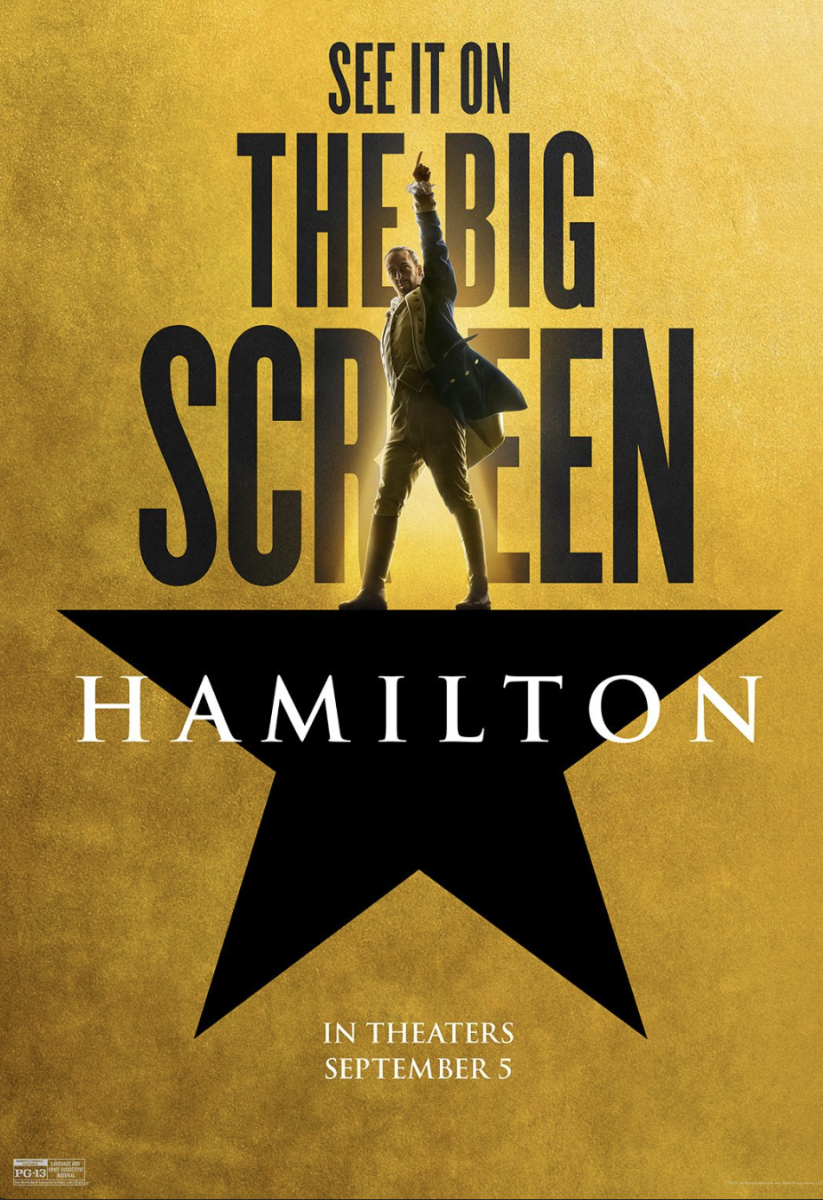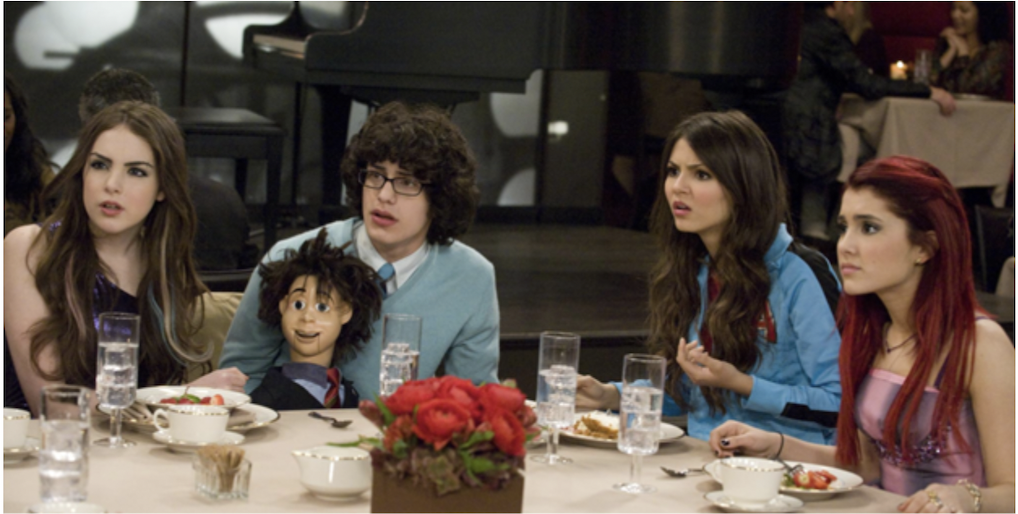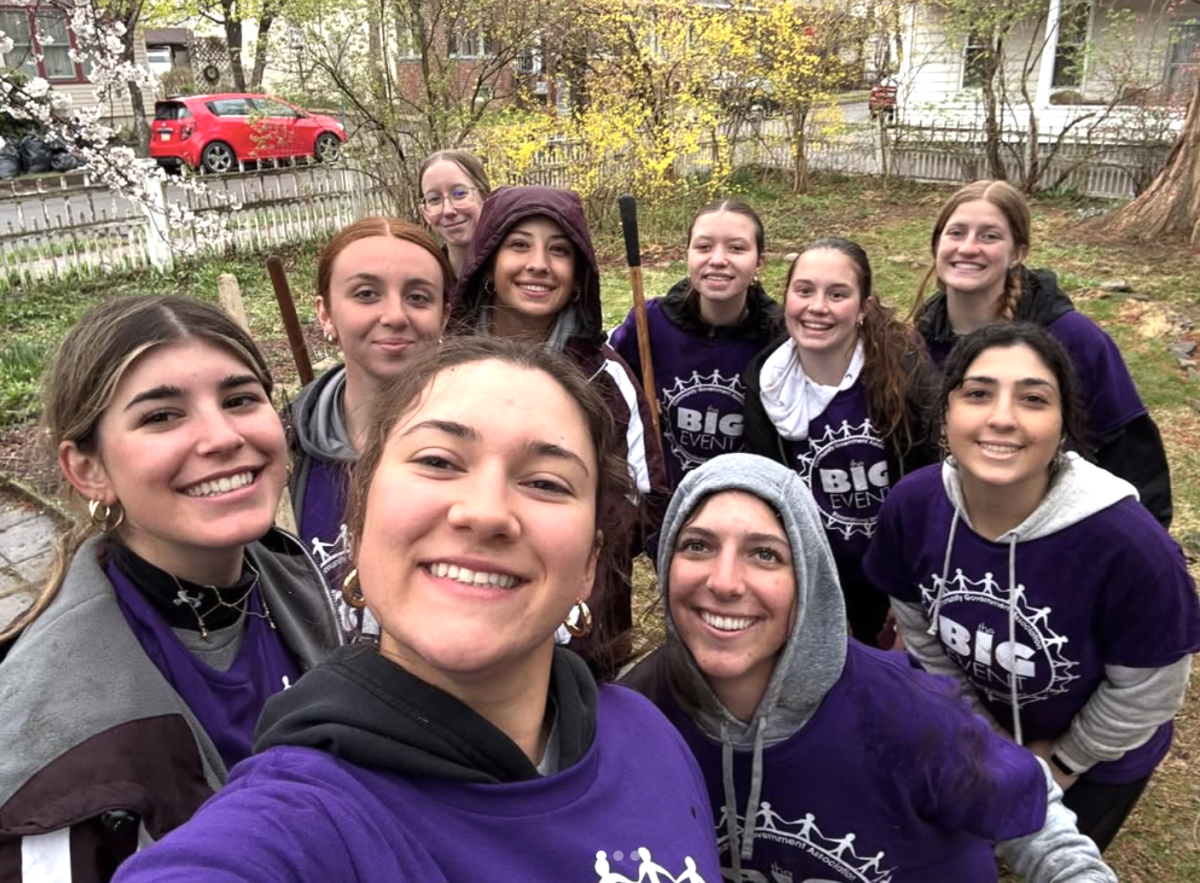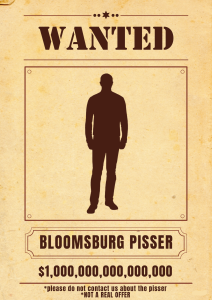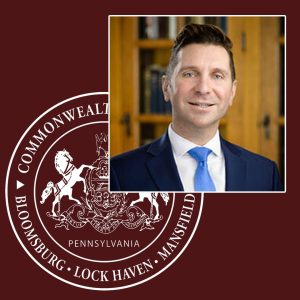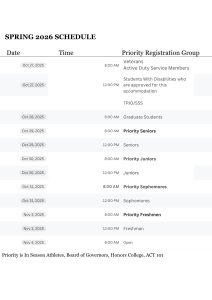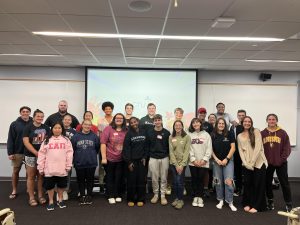This Week In History:
Who really came to America first?
October 10, 2019
We have all heard the tale of the Christopher Columbus sailing the ocean blue in 1492, reaching land on October 12th after a two-month voyage.
We have all heard the stories about how he discovered America and began the first colonial age. For some reason, we’re even taught about the names of the ships that sailed with him: Niña, Pinta, and Santa Maria.
One of the biggest problems with elementary school education concerning Columbus is that we gloss over the atrocities that he committed in favor of telling a memorable story.
Considering that there were already humans living in America, Columbus was not the first to discover the continent. There are many theories on how the first people came to America around 15,000-30,000 years ago.
Some of the more popular explanations are that they either came across the Bering Land Bridge in Alaska or by boat. Over time these people spread across North and South America, eventually creating their own societies.
There is also evidence of medieval Viking settlements being established around 1000AD in Newfoundland, Canada.
One of the more famous Vikings during this expedition was Leif Erikson. The Viking colony wasn’t long-lived, only lasting around 10 years according to Eric Weiner, writer for the National Public Radio.
There are multiple reasons for why the Viking colony of Vinland was abandoned, including hostile relations with the Native Americans and a lack of supplies from Europe.
There are several other myths and legends of explorers who came across America before Columbus. There is an Irish Legend of an explorer and monk named St. Brendan the Navigator who discovered a paradise across the sea.
Another theory concerns China in 1421. Gavin Menzies argues in his book, “1421: The Year China Discovered the World,” that the Ming Dynasty admiral Zheng He took a fleet to find America. Menzies theory has been rejected by the historical community.
Columbus came to America as both an explorer and a conqueror. According to Smithsonian Magazine, Columbus was given “A commission from the king and queen of Spain, empowering him ‘to discover and acquire certain islands and mainland in the ocean sea’ and to be ‘Admiral and Viceroy and Governor therein.’”
Columbus had found two major Native American groups in the Caribbean: the Arawaks and the Caribs.
When attempting to take the Caribs as slaves and send them back to Spain, he encountered fierce resistance and was unable to capture them.
Some of the motivations of Columbus here line up the three Gs that we are taught in school: gold, God, and glory.
I believe that, when it comes to teaching about topics like Columbus or the first Thanksgiving, elementary schools often sacrifice historical accuracy for a memorable story to tell children.
While it is important to give them something easier to learn, we shouldn’t pretend that there were no atrocities committed against the Native Americans.
In my experience, the Native Americans were only talked about in Plymouth. After this, they disappeared from my textbooks for the rest of my K-12 career.
Tristan is a junior History major and president of the BU History Club.


